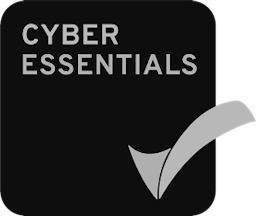Enginuity, a non-profit promoting future engineers, had a massive task: managing the complex process of establishing and upholding engineering and manufacturing standards. The manual review of extensive documents was unsustainable and time-consuming. Mercury Labs stepped in to support Enginuity, using our data science expertise to develop an AI solution. This transformed Enginuity's standards review process, making it efficient and compatible with the rapid pace of the engineering sector.
Challenges:
The traditional method of reviewing standards was tedious, typically requiring weeks or even months for one document.Detecting discrepancies between existing standards and real-world industry practices was challenging without exhaustive knowledge of the latest technologies.The need to keep up with the rapidly evolving engineering sector meant that automating parts of the workflow was essential.Existing standards were stored in lengthy PDFs filled with dense content and industry jargon, making updates a repetitive and challenging task.Even experts with extensive knowledge faced difficulties in locating relevant content within the vast documentation.Our Approach:
Developed an AI-powered solution using natural language processing to automate many of the most time-consuming tasks in the standards review process.Built a model to identify outdated statements and detect discrepancies by comparing current industry practices with the standards.Leveraged advanced semantics to move beyond mere keyword matching, enabling the AI to understand context and meaning in the documents.Created a user-friendly interface for qualification experts, allowing them to view matching results and identify skill gaps.Integrated GPT-3 via an API, enabling users to submit job tasks and receive matched roles and missing skill gaps.Outcomes:
Streamlined the standards review process, reducing the time and effort required by subject matter experts.Enabled experts to focus on higher value tasks by automating routine text analysis.Provided Enginuity with actionable insights for strategic workforce planning, ensuring their team remains competitive in the evolving engineering landscape.Please note, this is a redacted visualisation of skill clustering from the O*NET dataset.





































